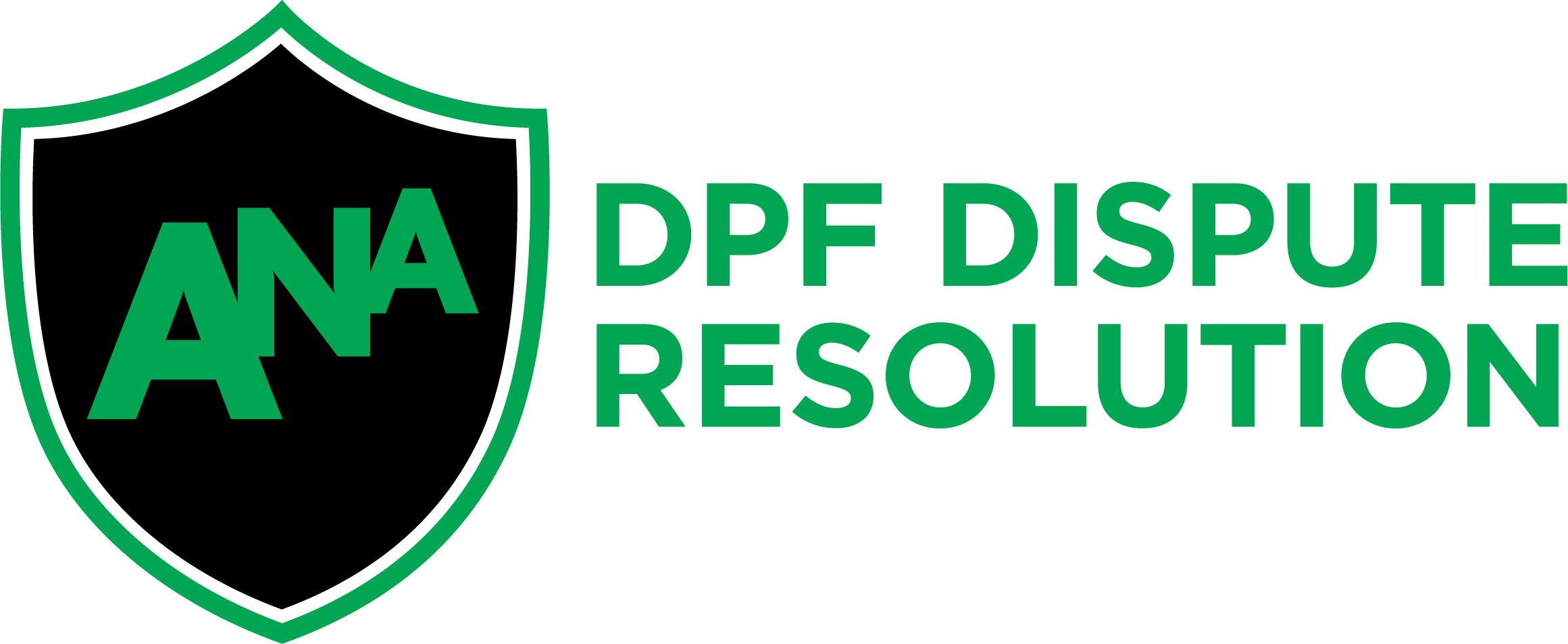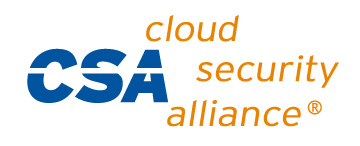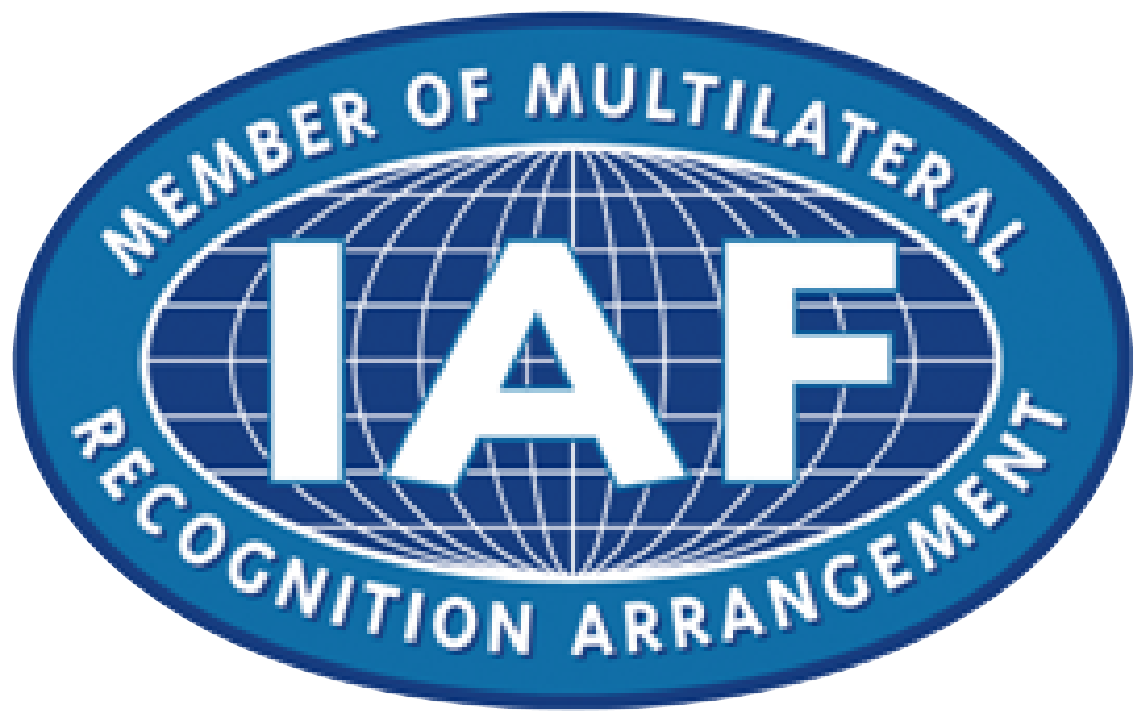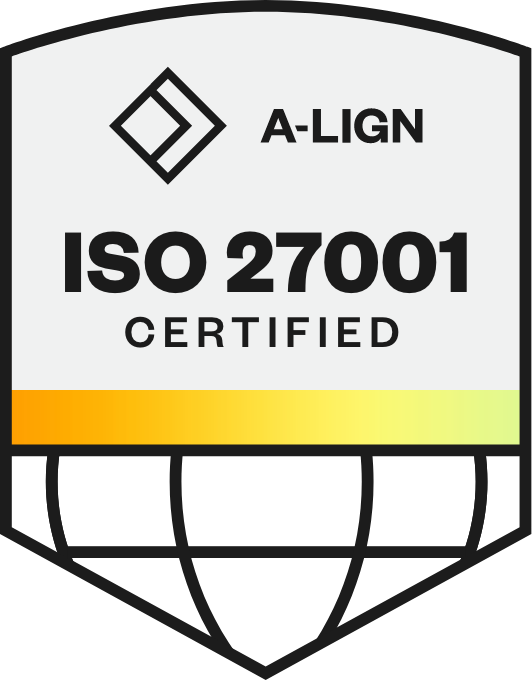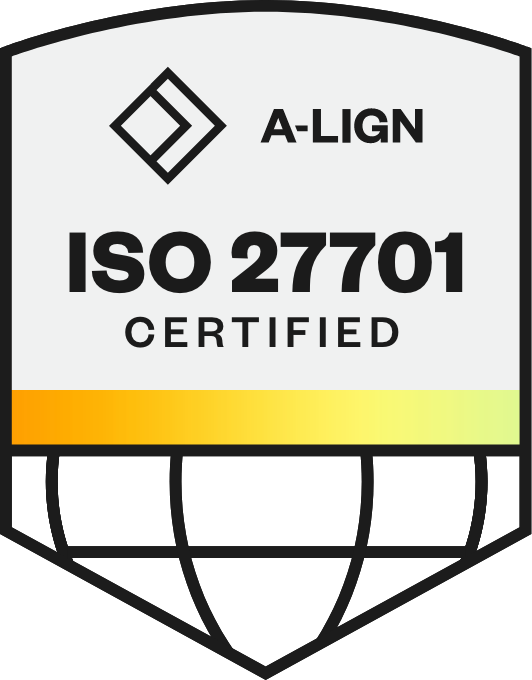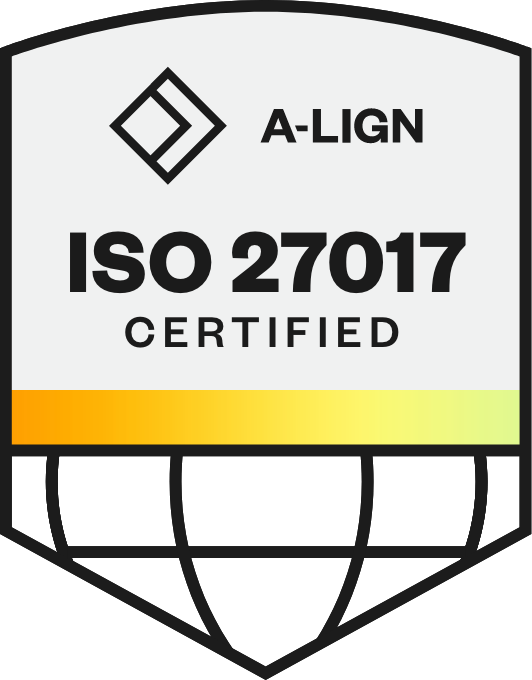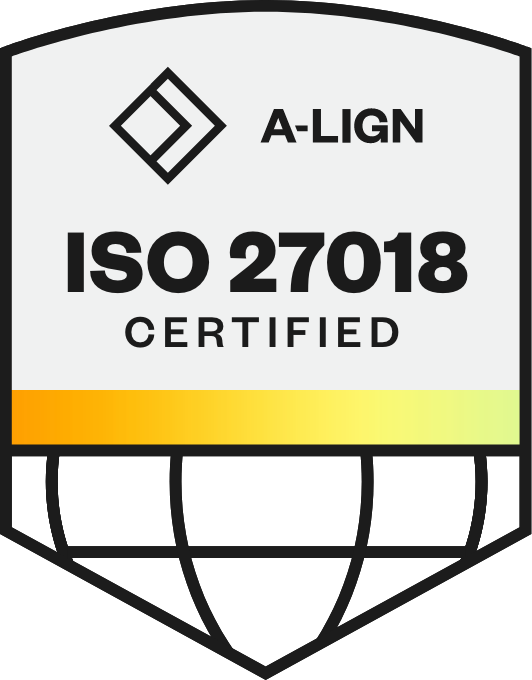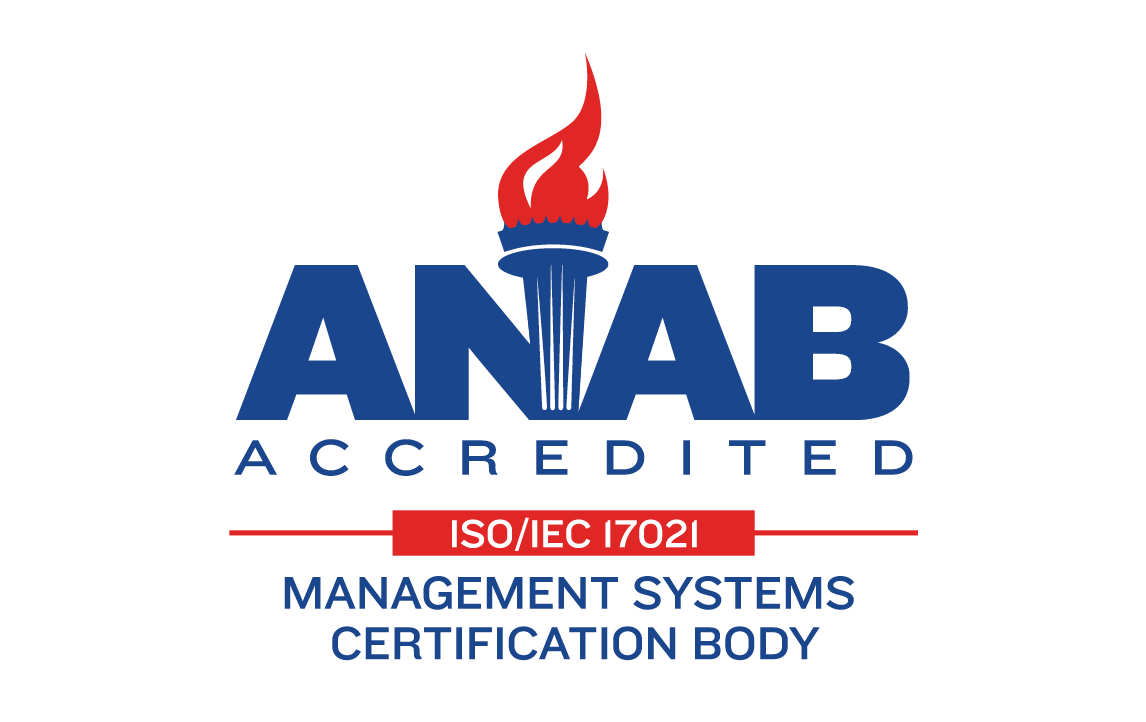
Accelerating Healthcare Hiring: Bon Secours Mercy Health’s Early Talent Strategy
Ask anybody. The length of time it takes to see a doctor today is staggering. Healthcare organizations nationwide face unprecedented challenges in attracting and retaining clinical talent — which means finding early talent is a critical priority.
For Bon Secours Mercy Health (BSMH), the fifth largest Catholic healthcare organization in the US, overcoming these obstacles meant reimagining their entire early talent acquisition strategy — moving from manual, fragmented processes to a data-driven, technology-enabled approach.

We had the unique opportunity to hear directly from three BSMH leaders across University Relations, Recruitment Marketing, and Business Process Optimization to find out how they increased their talent pipeline while maintaining quality care across an extensive network.
Check out the highlights below!
The Challenge: Manual Recruitment Processes
Before their transformation initiative, BSMH struggled with inefficient, manual recruitment processes that created significant bottlenecks. Their team was managing recruitment events with laptops and paper sign-in sheets, manually transferring data to Excel spreadsheets, which negatively impacted both candidate and recruiter experiences.
This challenge was magnified by BSMH's extensive geographic reach across five states and ten markets. With nine recruiting specialists spread throughout different regions, each maintaining relationships with numerous educational institutions, the lack of systematic tracking made it nearly impossible to effectively nurture candidate relationships. "I had a market that probably had 50 schools,” described Emily Dewey, University Relations Manager at BSMH. “And at that time, one specialist trying to do things with all of these schools just wasn't feasible.”
What made this particularly challenging was the nature of early talent recruitment in healthcare. The team often interacted with nursing students multiple times throughout their academic journey — from freshman orientation through graduation — but had no efficient way to track these touchpoints or leverage previous interactions.
"We needed to be more strategic in how we partnered with schools and which schools we chose to partner with. But we didn't have great data behind why we chose that school over a different school," Dewey highlighted.
Related: 5 Tips for Successful Healthcare Recruitment
The Solution: A Three-Pillar Transformation Strategy

BSMH's talent acquisition team implemented a comprehensive strategy built on three pillars:
1. Technology Modernization with Intelligent Automation
BSMH modernized their recruitment process by implementing the Phenom Talent CRM and hiring automation tools (Phenom High-Volume Hiring). This technology foundation enabled the team to automate critical but time-consuming processes, including post-event follow-ups, no-show re-engagement, registration reminders, and self-service interview scheduling.
The team replaced paper sign-in sheets with QR code technology, while maintaining backup "collect forms" for each market as a safety measure. This dual approach ensured they could always capture candidate information, even if technical issues arose during an event.
"The personal scheduling link has been very beneficial," noted Stephanie Fague, Business Process Optimization Analyst at BSMH. "The number of interviews that our recruiters and specialists can schedule in such a quick time is just amazing."
The event registration reminder automation has also proven particularly valuable. "We had issues with people registering for events but showing up as not confirmed because they hadn't completed the two-step verification process," explains Fague. "With the automated reminders, we were able to see a lot more candidates come in with a confirmed status, allowing us to invite them to interview more efficiently."
This automation transformed the recruiting team's productivity by eliminating administrative tasks and allowing them to focus on building meaningful candidate relationships instead of managing logistics.
2. Data-Driven Pipeline Development
With their new technology foundation in place, BSMH gained unprecedented visibility into recruitment effectiveness across educational institutions. The Phenom platform provided analytics that revealed which schools were producing the most successful candidates and hires, enabling a much more strategic approach to campus recruitment.
This data-driven approach was particularly valuable given their large geographic footprint. In some markets, they were trying to maintain relationships with as many as 50 schools through a single specialist, which wasn't sustainable or effective. The newfound visibility enabled them to focus their resources on the most productive partnerships.
"Since Phenom, we've been able to look at what schools people are coming from and where we're getting hires from," Dewey explained. "That's allowed us to hone in on the schools that are producing results. Now we can say ‘These are the schools that we want to attend and put time, money and resources into’, versus let's go everywhere and see what sticks."
The data has also transformed conversations with leadership by providing objective evidence for recruitment decisions rather than relying on subjective preferences or historical connections.
Related: Integrations, Automations, and Analytics: How Life Time Drives Thriving Talent Pipelines
3. Brand Integration and Candidate Experience
The third pillar focused on creating a consistent, compelling employer brand experience across all candidate touchpoints. BSMH conducted extensive internal research with stakeholders from both clinical and non-clinical roles to refine their brand identity and messaging. This culminated in the launch of a new associate brand centered around their core value proposition of mission, growth, and flexibility.
"Branding is the heartbeat between processes and operations," explained Amy Lane, Recruitment Marketing and Brand Strategy Manager at BSMH. “And so with our employer brand, we really want to embrace the human side of healthcare. Whether it's an automation touch point or an event landing page, bringing that employer brand and your key pillars of that messaging into every process from SMS to email cadence is really powerful."
By integrating their employer brand throughout the Phenom platform — from event registration pages to automated email communications — BSMH created a cohesive candidate experience that reinforces their values at every interaction point.
Related: The Future of Hiring Intelligence in Healthcare
Measurable Business Impact
BSMH's investment in technology, data, and brand produced impressive early talent results:
731 virtual and in-person events in one year (48% year-over-year increase)
4,843 early career event attendees
84% increase in post-event applicants
17% increase in internal talent progressing to new-to-practice positions
91% of candidates who received a personal scheduling link scheduled an interview

The personal scheduling link functionality has been transformative for the BCMH recruitment team. Within 24-48 hours after an event, recruiters can send candidates a direct scheduling link that integrates with their calendars, eliminating the back-and-forth typically associated with interview scheduling. The team previously relied on third-party scheduling tools like Calendly, but having this functionality integrated within the Phenom platform has streamlined their workflow significantly.
"This has been a game-changer for my team," Dewey shared. "We use it not only for post-event follow-ups but also for our summer nurse program screening interviews. Candidates can immediately select a time that works for them, and it automatically syncs with our recruiters' calendars — dramatically reducing the administrative time spent coordinating interviews and allowing us to engage qualified candidates faster."
The team intentionally tracks candidates across multiple touchpoints throughout their academic journey, meaning some individuals appear multiple times in their metrics. This approach allows them to nurture relationships over time and engage with students at different stages of their career development.
Lessons for Healthcare Recruitment Leaders
BSMH's journey offers valuable insights for healthcare organizations looking to transform their own TA strategies. Lisa Funari, Director of Talent Acquisition over Candidate Pipelines at BSMH, emphasized the importance of using data to drive decision-making. “We're very data-driven. We really need to see the numbers. That's what goes the longest way when we're having discussions with leaders."
Funari also highlighted the need for adaptability: "We know that things change. We know that the roles we need to focus on change, so we are forever changing. I always say to be change-ready to adapt."
Additional recommendations?
Identify process friction: Pinpoint where delays, manual steps, or candidate drop-offs occur. These are prime spots for automation and AI to streamline workflows.
Refocus your hiring goals: Update KPIs to reflect what tech can deliver — faster cycles, better candidate quality, and stronger engagement
Rethink event strategy: Modern events are automated, personalized, and data-driven. Use them as scalable tools in your talent pipeline, not one-time efforts.
Pilot before scaling: Test a single event with a defined audience. Refine the process, capture learnings, then expand with confidence.
Future Horizons
BSMH is now applying its successful approach to other high-demand healthcare fields beyond nursing. "We're really hoping that we'll be able to take some of our strategies and expand them into some of our harder-to-fill areas in allied health — respiratory therapy, imaging, surgical technology," Dewey explained.
The scalability of the Phenom platform has been crucial in this expansion, allowing the team to apply their proven recruitment methods to new talent segments while maintaining consistency in candidate experience and employer branding.
The team is also excited about Phenom's Adobe Express integration which will facilitate even more creative content creation for recruitment marketing and candidate engagement.
By continuing to refine their technology, data, and brand strategies, BSMH is creating a comprehensive talent acquisition model that can adapt to evolving workforce needs across the organization — providing a valuable blueprint for healthcare organizations seeking to build robust talent pipelines in an ever-increasing competitive market.
If you're looking to transform your healthcare recruitment strategy, explore Phenom for Healthcare Industry to see how technology can help you attract, engage, and convert best-fit candidates faster.
Apurba is a writer who specializes in creating engaging content, backed by storytelling, data, SEO and a cup of coffee. When she’s not writing, she’s reading, cooking fusion food, or curiously traveling like a local.
Get the latest talent experience insights delivered to your inbox.
Sign up to the Phenom email list for weekly updates!



